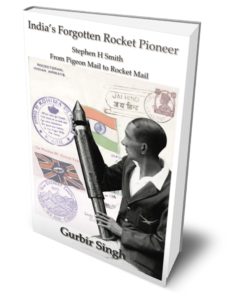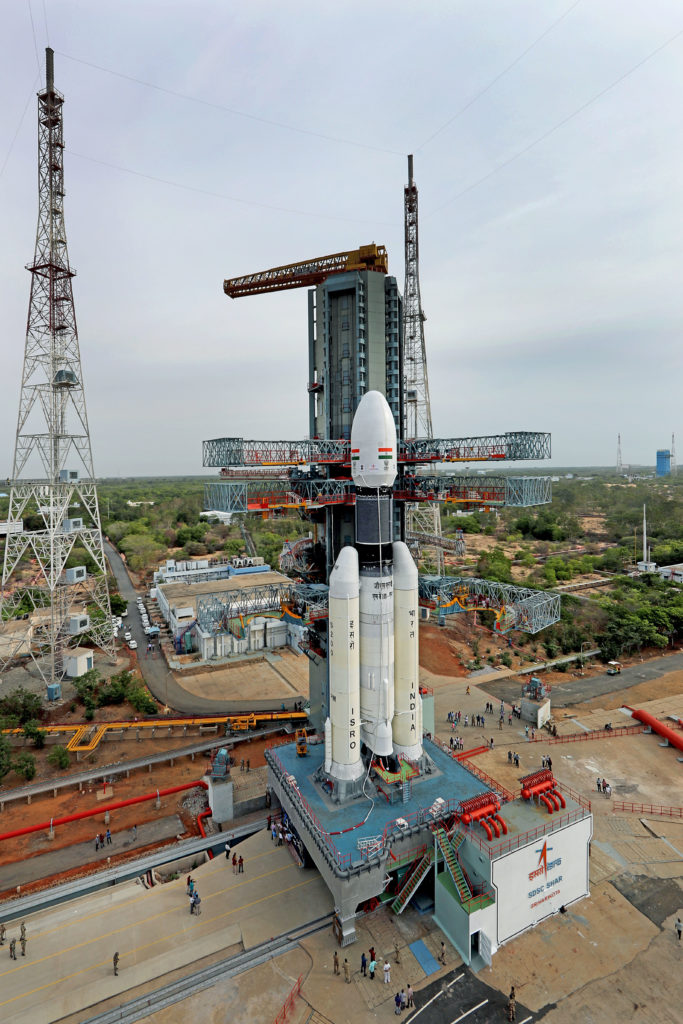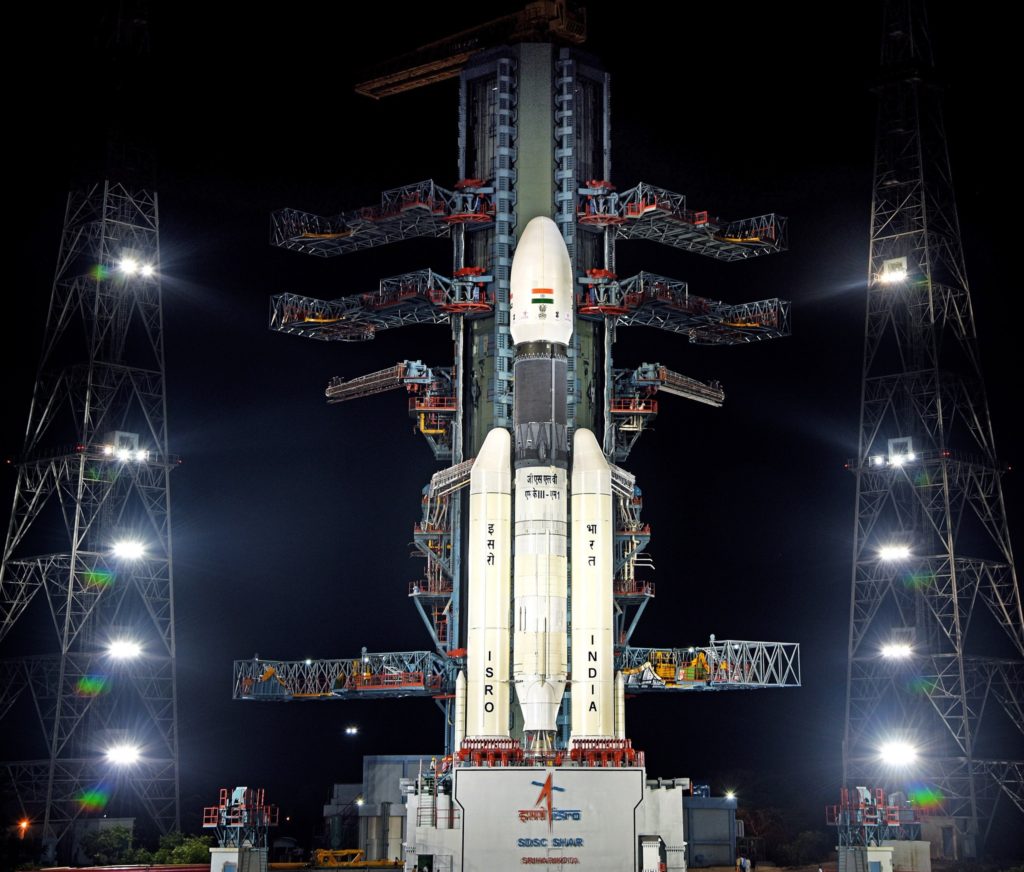
A new book provides a detailed account of the life and work of Stephen H Smith.
Now available. For discount codes and purchase options look here.
During 1934 and 1944 in Calcutta, he worked alone and unsupported on developing rocket transport. In 1935, he was the first to demonstrate the successful transport by a rocket of livestock, food and medicine.
The book charts the story of Stephen H Smith, described by a contemporary as “the greatest one-man campaign for rocketry”. He dedicated his life working alone in northeast India to develop a new revolutionary means of transport using rocket power.
The development of rockets in India is commonly understood to have ended with Tipu Sultan in 1799 and started again in 1963 with what is now called the Indian Space Research Organisation. However, in the intervening period, rockets were built, and championed by one man, working alone in Calcutta. In 1925 he set up the Indian Air Mail Society and it is amongst the philatelic community globally where his work is still known but is almost entirely forgotten from the popular imagination in India.
On 14 February 1891, Stephen H Smith, the only son of a tea plantation manager originally from Norfolk, England was born in the Strawberry Hill region of Shillong. Between 1934 and 1944, he conducted over 200 rocket experiments to demonstrate the utility of a rocket as a means of transport.
The 20th century was the harbinger for new revolutionary means of transport. Trains, airships, aeroplanes and automobiles were the key technologies fueling the developed nations. Mesmerised by aeroplanes as a child he engaged head-on with the new and transformative technology of rockets as an adult. In September 1934, he conducted his first rocket experiment to transport mail from a ship on the Hooghly River to the Sagar Island. In the decade that followed he conducted over 200 experiments. He built multi-staged rockets, and boomerang rockets and tested compressed air and gas as propellants. Like many early rocket mail experimenters, he supported his experiments financially by flying specially designed souvenir covers on his rockets. These flown items carrying his recognisable signature are spread around the world and even today can fetch up to $20,000 each.
Small self-funded groups to develop rockets were established in USSR, USA, Britain, Australia and Germany. It was from these groups that Sergei Korolev and Wernher von Braun emerged and competed in the epic space race that resulted in Sputnik, Gagarin and Apollo 11. Stephen H Smith was their contemporary but worked alone and unsupported in India. This book reveals the challenges faced by one man working alone at the forefront of new ground-breaking technology.
Long after he had died, he was inducted into the Hall of Fame by the American Airmail Society in 1989. In 1992, a year after the centenary of his birth, the Indian government celebrated his achievements by issuing a stamp and a first-day cover dedicated to his work. Today his work is found in official NASA publications, the Journal of the British Interplanetary Society and in the National Air and Space Museum in Washington DC.
Smith’s work inspired a science fiction story during his lifetime. Human achievements in space – the Apollo programme, the International Space Station and India’s accomplishments including Mars Orbiter Mission at Mars and Chadrayaan on the Moon owe more than just inspiration to those early rocket pioneers during the early 1930s around the world including Stephen Smith in India.
A new study of his contacts with the King of Sikkim, with King George V, with a member of parliament in London and a 25 year-long correspondence with a Swiss philatelist reveal in his own words his struggle to attain recognition and support for his work. His reluctant attempt to work with the military authorities in India during World War II ended in frustration. His multiple attempts in 1949 to contact the Governor of Bengal and Prime Minister Nehru in the newly independent India failed to generate a response.
Stephen Smith lived and worked through some of the darkest periods of the 20th century, the Great Depression, World War Two, the Bengal Famine and the post-Indian Independence riots in Calcutta. In December 1950 his mentor and friend in Switzerland Dr Robert Paganini died leaving him, someone he had never spoken with or ever met, a part of his will. Sadly, Stephen Smith himself died two months later.










